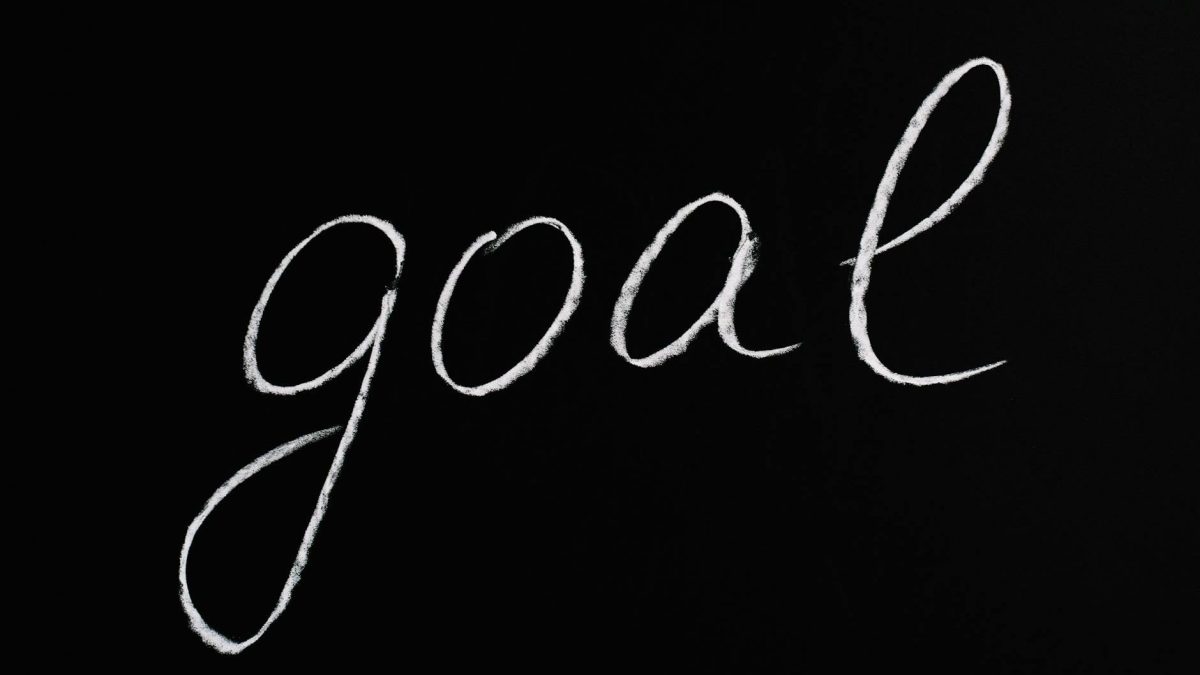During my kayak training, I experienced both sensations and today they generated a reflection. Do you want to know how a clear and visible goal transformed my experience at sea and how you can apply these lessons to your work?
Differences between setting and not setting goals
Day 1: Sailing aimlessly
We got in the kayak and went about 1.5 hours out to sea and then came back. Although I enjoyed paddling, I felt very neutral and at times I felt like I wasn’t moving forward, disconnected at times and feeling like I wasn’t getting anywhere.
The variability of speed was the statistic that most caught my attention and I clearly noticed the difference in the sections (out and back). The dispersion of speed is explained by neuroscience in a way that the brain is constantly searching for patterns and meaning. The lack of a clear goal generates uncertainty, demotivation and low productivity, in all environments.
Day 2: Sailing on course
This time we rowed to an island 6 kilometres away. I felt more comfortable knowing where I was going, I didn’t feel tired and having the island in sight allowed me to stay focused. I thought the time passed quickly, I was motivated by seeing the island getting closer and closer.
For navigation I use the ‘relive’ application, and when I looked at the statistics I found a lot of sense in my previous explanations. Not only was the speed more homogeneous, but I covered 30% more distance. A clear goal provides focus, concentration, improved decision making and efficiency.
What are the main differences between the two days?
Characteristic Day 1: Free departure Day 2: Sailing on course
- Objective Vague, non-existent. Clear and visible
- Data No knowledge of remaining time to arrival Calculating distance to go allowed for better decision making
- Navigation data Uncertain and highly variable Measurable and predictive.
- I will show you some day-to-day cases where we can improve just by being clear and visible about the target:
- Start meetings by showing the objective of the meeting.
- To steer the direction of a meeting.
- Clear objectives when resolving an incident will allow the team to focus and rule out distractions.
- To present a proposed solution.
- Influence with the team.
- Transfer knowledge.
- Resolve conflicts and priorities.
- Decide and prioritise where to focus effort.
- Writing a report or preparing a presentation.
- Measuring progress and soliciting feedback
Conclusions
To conclude, working with a clear and visible objective is fundamental to the success of your day-to-day work, as it improves productivity, generates commitment, reduces uncertainty and stress. What is your objective? Remember, a clear objective makes all the difference.
